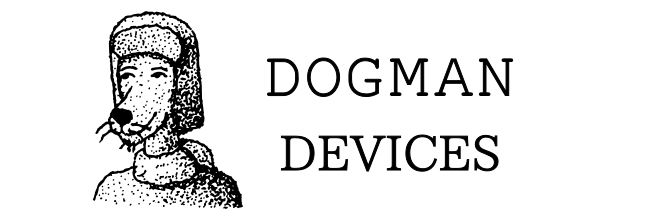It’s been a busy few months.
I am about halfway through assembling my second batch of Fire. I’ll be adding what I have to store soon. There are two new powder coats, but they are still shades of red and the circuit is the same, gnarly fuzz.
The bad-ish news is that this is going to be the last batch of Fire for a while. It’s time I enter another round of research and development. This isn’t just because I want to focus on something else, though.
Up to this point, I sent my enclosure designs to a vendor, who would then drill, powder coat, and UV print my stuff. I heard some unsavory things about their business practices and have decided to move away from them.
Rather than replacing this vendor, I’ve decided to take a different approach to enclosure design. I’ve got some ideas I’m excited about rooted in my metalworking experience, but I don’t want to say too much about it at this point, partly because I can’t point to an existing example to easily explain the process I’m thinking of.
Since there’s no use in putting perfectly good enclosures to waste while experimenting with a new process, I’ve come up with some weird little devices and instruments to build. I’m planning on making a few (because they’re things I want for myself) and I’ll make more as demand for them fits. One is just my take on a spring instrument, essentially amplifying some springs and an enclosure with a contact mic. The other is more like a utility tool that is sort of like a patch bay for pedals, but also a feedback looper and signal splitter and signal joiner—it goes far beyond the scope of this writing. Let’s just say I’m making some weird stuff and they seem like a prime canvas to experiment with my new enclosure-finishing process.
Earth overdrive is still in development as well, but will not be finished until I’ve settled on how I will transfer the classical element theme I’ve been working on to this new medium.
Fire fuzz is in the same boat. It will be made again in the future, but I’ve got some ideas for modifications and additional features for it, so this could be the last time the circuit is available as-is for a while, so get in while you fit in.
I am planning on sharing the schematic and going over how the Fire circuit works in a future post. I intend to do this with all of my devices because I appreciate transparency for businesses in general, and it is arbitrary for someone to reverse engineer an analog guitar pedal anyway.
I’m also working on making some sound/video clips of what the current iteration of Fire sounds like.
I’ve got a lot of dogs in the fire, and they’ll all be ready somewhere between the beginning and end of a month in the future.
